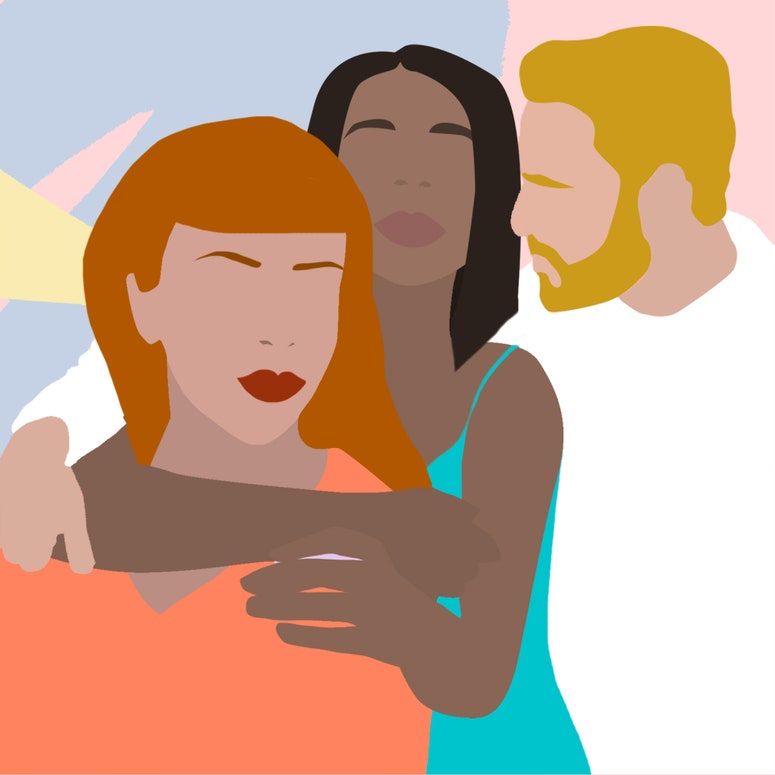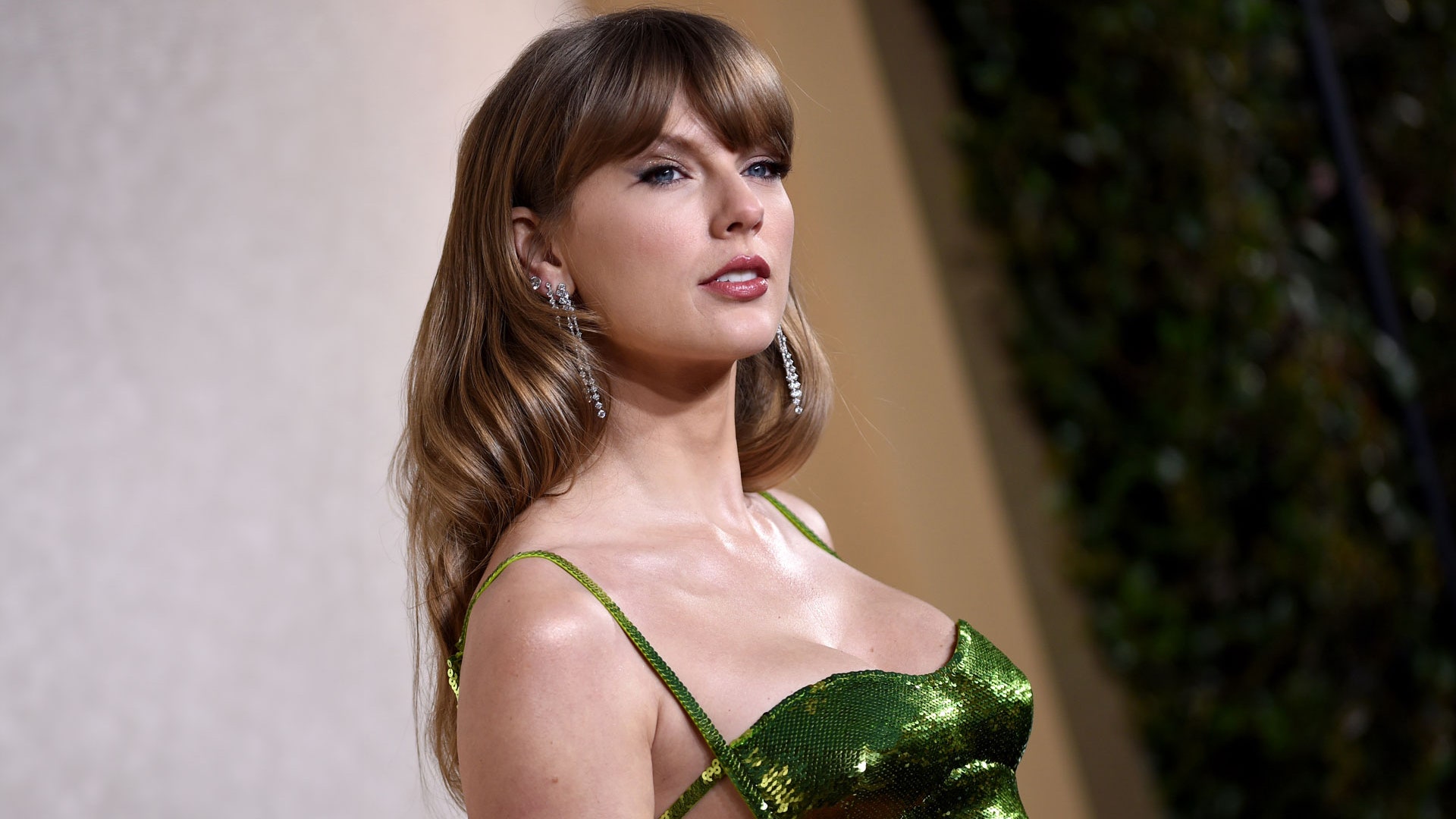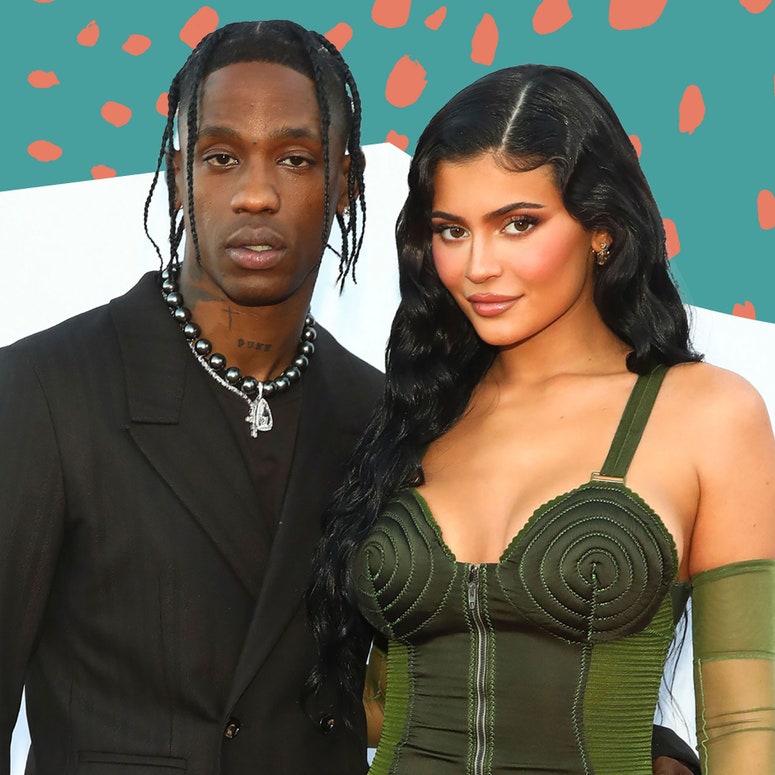Taylor Swift's name is rarely out of our mouth. The world obsesses over every facet of her life, decoding her ‘eras’, unpacking her PDAs, and now? Speculating over her sexuality.
Last week, the New York Times published a controversial opinion piece that openly explored whether Taylor Swift is queer, mostly using references from her artistry – one example cites Swift's use of blue, purple and pink in the aesthetic for her album Lover, which “subtly evoke the bisexual pride flag” – to propel the argument.
The feature has not been well-received. According to a CNN report, a source close to Swift condemned the op-ed, noting, “There seems to be no boundary some journalists won’t cross when writing about Taylor, regardless of how invasive, untrue, and inappropriate it is.”
Sadly, this kind of speculation is nothing new. This time last year, a video of Kylie Jenner cosying up with her best pal, Stassie Karanikolaou, did the rounds on TikTok, with many fans speculating that the pair were about to kiss.
“They clearly want to kiss so badly and honestly, I also want them to kiss so badly,” wrote one TikTok user. “Kylie is clearly gay and can’t come out or something,” commented another. It seems like fans of the Kardashian clan believed – or at least hoped – that this video was the soft launch of Kylie Jenner coming out – despite her public heterosexual relationship with rapper Travis Scott, at the time. She is now in a relationship with Timothée Chalamet.
More videos then surfaced showing the two of them being affectionate towards one another, and thousands of people analysed the videos (practically frame by frame) and dissected Kardashian lore to decide whether the two women are just touchy-feely friends or if Kylie is into women.
From Madonna and Britney being questioned over their kiss at the VMAs in 2003, to Miley Cyrus presumed to be gay before she came out in 2013 because of a short haircut, all the way to Billie Eilish being questioned over her Lost Cause music video – which was a celebration of female-friendship – women have been interrogated over their sexuality for decades. In fact, Kylie’s own sister Kendall Jenner has also been the subject of queer suspicion over the last few years.
If women so much as hug another woman for a second too long, theories about their sexuality start to fly, and it can turn sour very quickly.
Many of the comments surrounding Kylie’s videos centred on how important a queer Kardashian would be to the LGBTQ community, with comments like: “I mean, with all those sisters, at least one is going to be queer,” and “homophobia would basically end if a Kardashian was gay.” This speculation, and the yearning undertones that come with it, say a lot about how badly many queer people desire representation.
This can be seen in the queerbaiting discourse that has weaved in and out of trending topics on social media and headlines for years now. Whether it’s Billie Eilish featuring a pretty queer-looking sleepover in her music video or Harry Styles painting his nails and sporting a dress, fans have long speculated over the apparent queerness of celebrities who are either straight, haven’t come out or are simply unsure – going as far as to criticise them and boycott their work if they don’t commit to having a queer identity, and offering representation to queer people in turn.
It can be a really damaging term, and could promote biphobia.

But as important as queer representation is, we’re not entitled to receive it from whomever we like. And other than a few almost-kisses and prolonged touching, Jenner didn't really do anything to suggest she’s on her way to coming out.
The reactions to Kylie’s videos with Stassie say a lot about how society sexualises women and the way they interact with one another. The frantic comments assessing how Kylie touches her friends and the excitement that ensues are, we hate to say it, reminiscent of men in bars drooling over female friends who platonically kiss one another on nights out.
Female affection is so often viewed as sexual that two women hand-holding and sharing a kiss (or almost a kiss in Kylie’s case) is taken as either a hint towards sexuality that can’t yet be revealed or a performance for men. But it’s likely that, for Kylie, she’s touching her friend for neither reason. She’s probably touching her friend because she loves her. And there’s little more to it.
“The patriarchy hates the idea of women forming real friendships or sisterhood because it goes against the stereotype that women are enemies or competitors.”
These presumptions point out major problems in our society. The first is that the patriarchy hates the idea of women forming real friendships or sisterhood because it goes against the stereotype that women are enemies or competitors. The second is the assumption that heterosexual or bisexual women cannot possibly seek pleasure in a space without men. And the third is that homophobia is now being used to limit the extent to which women can share a platonic relationship with their own sex.
Concluding that a woman must be gay because she’s shared an intimate moment with a woman showcases our lack of understanding towards how queerness works, and how female friendship works. It’s both homophobic and sexist in one horribly wrapped parcel.
“People think I must be unlovable, fussy or mentally ill.”

Perhaps this idea is still being upheld because men aren’t as sexualised as women, and male, straight friends are rarely encouraged to touch one another in the same way as women are.
While many young women find it easy to hug, hold and kiss one another without an awkward conversation or confrontation ensuing, men have long been encouraged to disconnect from each other physically to avoid the accusations of homosexuality women are so used to (and tired of). This was seen in the ‘no homo’ era of the mid-noughties, where men couldn’t say anything remotely affectionate or even kind to one another without protecting themselves with a quick “#nohomo” clarification. Clearly, this idea is sticking around.
But part of the beauty of female friendship, whether it consists of hetero or homosexual people, is our ability to explore intimacy with one another. Intimacy that exists outside of sex, from hanging out to platonic physical touch, requires a kind of vulnerability that men famously lack and women rely on each other to provide and receive.
To assume anyone is gay because they seek affection from someone of the same sex, puts a limit on where people can seek intimacy, pleasure, and joy from. And in a world where intimacy is so important yet so complicated, we should allow that platonic exploration.

